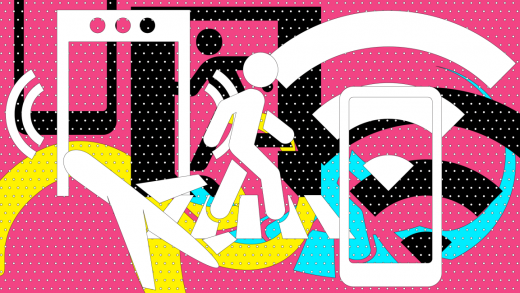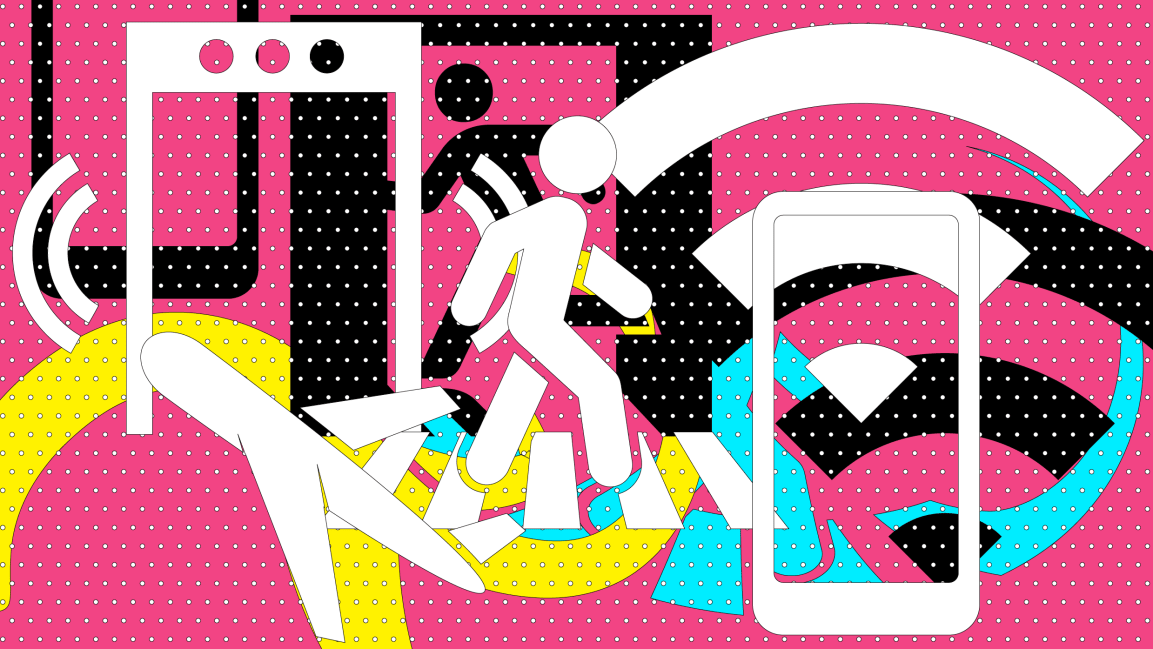5 predictions for how we’ll get around after COVID-19
The 20th year of the 3rd millennium was a leap year, which added an extra day to its awfulness. There’s no need to recount that awfulness here. Instead, now that we’ve kicked off the New Year, what are some of the good things that we can look forward to in 2021 that likely would not happen without a 2020 defined by a pandemic and economic calamity? Here are five near-term fixes for our cities and our transportation systems that will have their origins in what we went through last year.

Downtowns go car-free
Our urban cores are emptied out. Worse, even when the pandemic ends, there are plenty of indicators that many companies will never return to their HQs on a full-time basis. Fewer everyday workers downtown means fewer businesses that rely on them for customers, especially restaurants and retail. Without those, there are fewer draws for visitors, since tourists don’t create vibrancy—they visit vibrancy. This all means that urban centers will have to radically reinvent themselves to survive this existential threat to their relevance.
As a first step, many cities will seize the opportunity to finally go car-free. Doing this will liberate our street spaces. Expect some avenues to fill in with farmer’s markets. Others will host superblocks of food trucks and pop-up eateries. Restaurants will have more space for our renewed love of open-air dining. Concerts and festivals will return to waterfronts. Altogether unexpected uses will also emerge. Across them all, though, we’ll have more foot traffic supporting more businesses. Cleaner air and quieter streets will be bonuses.
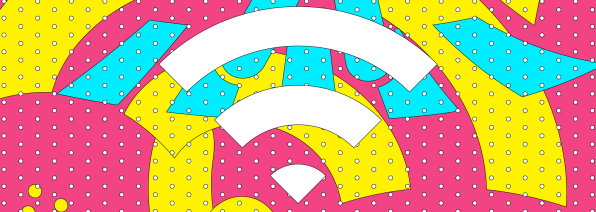
More services go mobile
The pandemic was a big boost for food delivery. Many restaurants in particular had to quickly prototype and deploy their own delivery services or partner with the likes of UberEats, DoorDash, and GrubHub to stay afloat. These services are likely to persist, even when we’re all back dining indoors together. Perhaps more importantly, this model of products and services going to customers—versus our traditional model of customers going to products and services—will expand well beyond restaurants. Moving forward, this will not be an “or” for existing businesses—it’ll be an “and,” meaning that mobile experiences will be added to their service models. For this reason, scenarios in which products go to customers won’t contradict our renewed downtown cores. Instead, the perils of 2020 have taught the best businesses to meet their customers where they are, which might mean in-person at their location one day and through a mobile experience closer to their customer’s home on another.
What might this look like? Expect specialized outfitters such as bicycle and ski/snowboard shops to start offering mobile repair and tuning services. Bookmobiles and mobile libraries bringing suggested and requested titles directly to readers, especially those in underserved neighborhoods. From mobile barbershops and front-yard personal training to in-your-driveway auto maintenance, expect more and more kinds of businesses to explore taking their offerings on the road.
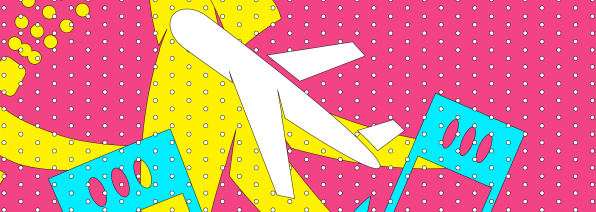
Aircraft boarding processes go line-free
The processes airlines use to board their passengers have been suboptimal for decades, to put it mildly. It’s such a terrible array of processes that, for some short-haul routes, passengers can expect to spend more time waiting at the gate and boarding the aircraft than actually flying. In 2020, though, with passenger counts and scheduled flights at a fraction of pre-pandemic levels, airlines had the gift of downtime (granted, an unwanted gift). During that time, the best airlines took the opportunity to design new boarding processes. While they’re yet to emerge, expect these new processes to accomplish a couple of notable tricks: first, to bring us to the airport gate much closer to boarding and, second, to welcome us onboard without having waited in a line. None of this will have happened without our fresh aversions to crowding and queueing.
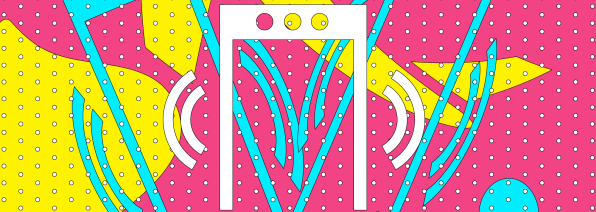
TSA screenings go beyond the airport
Lines to board the aircraft aren’t the only queues that will get a makeover. Even before the pandemic, many airports struggled to keep the crush of passengers from overwhelming TSA checkpoints. Plus, those checkpoints have yet to benefit from a future-facing design process. All of those plastic bins represent the stubborn persistence of reactionary systems set up two decades ago following the 9/11 terrorist attacks. In 2021, expect TSA to experiment with new processes that stretch security screening outside the physical footprint of the airport, such as checkpoints at decentralized locations that then provide transportation directly to the “air side” (beyond the in-airport security checkpoint) of the airport. The first of these decentralized locations will still be on airport property (just not in the terminal), but they’ll eventually emerge in other places farther afield, including transit stations and perhaps even large hotels.
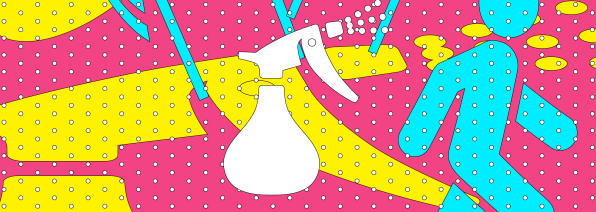
Everything stays cleaner
Let’s face it: Before 2020, we were gross. Not all of us were washing our hands. Our homes, offices, gyms, and other everyday spaces weren’t being cleaned as they should. And our interactions with each other and those spaces was often far from hygienic, as evidenced by all sorts of bad behavior in transit—from failing to cover coughs and sneezes to ill-timed public grooming. But the pandemic has given us a newfound appreciation—and demand—for cleanliness. This shift in our behavior is much more than a nice-to-have. The security measures we added to our transportation systems after 9/11, while cumbersome, undoubtedly made them safer. Similarly, the measures we put in place to reflect our new emphasis on health and cleanliness will help us avoid the worst effects of the next pandemic.
(9)

